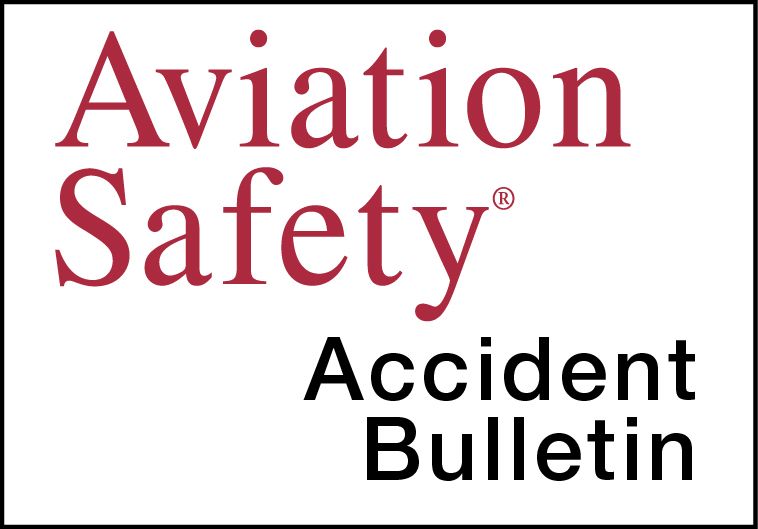AVweb’s General Aviation Accident Bulletin is taken from the pages of our sister publication, Aviation Safety magazine. All the reports listed here are preliminary and include only initial factual findings about crashes. You can learn more about the final probable cause on the NTSB’s website at www.ntsb.gov. Final reports appear about a year after the accident, although some take longer. Find out more about Aviation Safety at www.aviationsafetymagazine.com.
June 8, 2019, Hemet, Calif.
Lockwood Aircam Experimental
The airplane was substantially damaged when it rolled inverted and impacted the runway surface at 0938 Pacific time during a takeoff attempt. The solo commercial pilot was fatally injured. Visual conditions prevailed.
The accident flight was the first for the airplane after having recently received a Special Airworthiness Certificate to begin Phase I flight testing. Several of the pilot/ builder’s friends and acquaintances were present. A video of the accident shows that, two seconds after the wheels lifted off the runway, the left wing folded upward and the airplane began a left roll and descended to the ground. The airplane came to rest inverted on the left runway edge, approximately 550 feet from the Runway 23 threshold.
The left wing was partially separated and folded beneath the main wreckage, and the wing tip was adjacent to the empennage. Preliminary examination revealed both the forward and aft left wing struts remained connected to their braces at the left wing, but were not connected to the wing strut attachment fittings at the fuselage. The required bolts were present and secured to the struts with nuts, but they were not connected to their respective fittings on the fuselage. The fuselage fittings for wing strut attachment were intact, and their corresponding bolt holes were undamaged.
June 10, 2019, Butler, Mo.
Cessna 425 Corsair/Conquest I
At about 1030 Central time, the airplane was destroyed during a forced landing after experiencing engine problems. The solo private pilot sustained fatal injuries. Visual conditions prevailed; an IFR flight plan was in effect.
While descending for his destination and passing through about 17,000 feet MSL, the pilot told ATC he was having problems retarding power on the airplane’s right engine. Passing through about 7800 feet MSL, the pilot requested the nearest airport and ATC vectored the flight to a facility about eight miles away. Passing through about 1800 feet MSL with the airport in sight, the pilot told the controller, “she’s going down,” and stated that he was going to try to land on a highway. The last radar information showed the airplane at about 1700 feet MSL. The airplane subsequently impacted a 75-foot-tall grain silo and fell to the ground.
June 12, 2019, Jacksonville, Fla.
Rockwell 690A Commander
The airplane experienced a nose wheel collapse upon landing at about 1846 Eastern time. The airplane was being operated under FAR Part 135 pursuant to a contract with the U.S. Forest Service. The pilot and two crew members were not injured, but the airplane received substantial damage to its lower fuselage. Visual conditions prevailed.
The pilot subsequently reported he did not experience anything abnormal during the preflight inspection or on takeoff. At some point during the flight he noticed a “turbulent wind noise,” then it went away and the plane sounded normal. The pilot checked all gauges and determined everything looked normal.
When the pilot later lowered the landing gear for landing, the nose gear indicator did not illuminate and the gear unsafe light was lit. The gear was cycled twice with the same results. After completing the appropriate checklist, the pilot requested a low approach so control tower personnel could observe the nose gear, which appeared to be extended to them. The pilot then elected to divert to a different airport with longer runways and greater CFR resources. After another low approach and confirmation that the nose gear appeared down, the pilot landed on the mains and attempted to keep the nose off the ground as long as possible. When the nose came down, the nose gear immediately folded under and the nose of the airplane impacted the pavement.
This article originally appeared in the September 2019 issue of Aviation Safety magazine.
For more great content like this, subscribe to Aviation Safety!



































